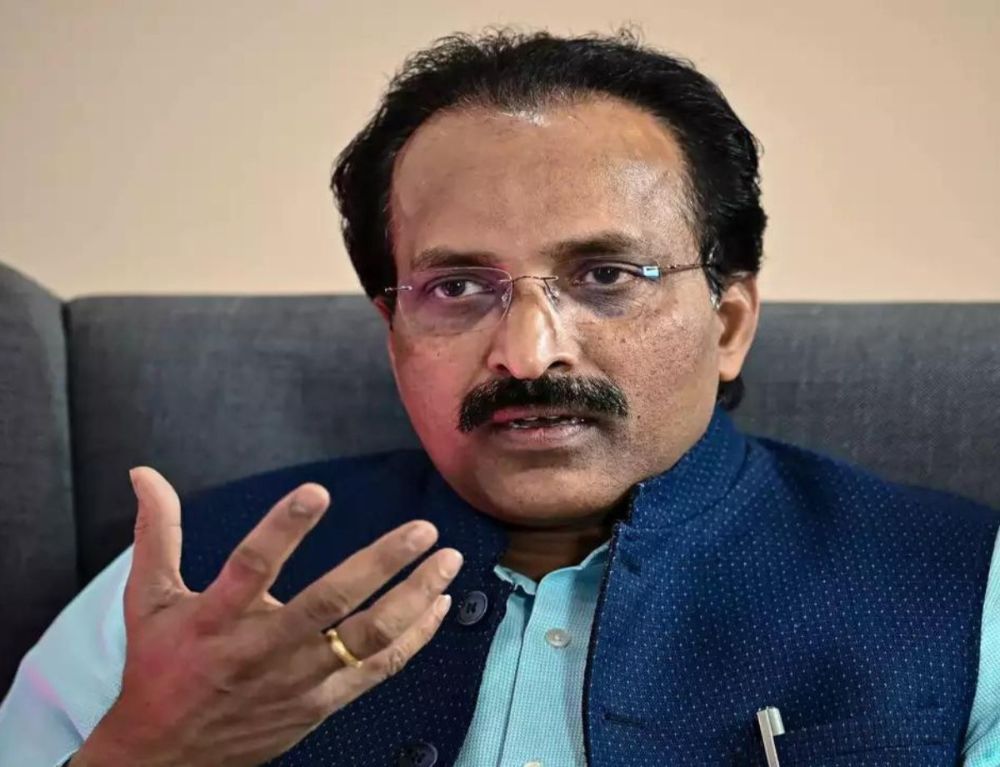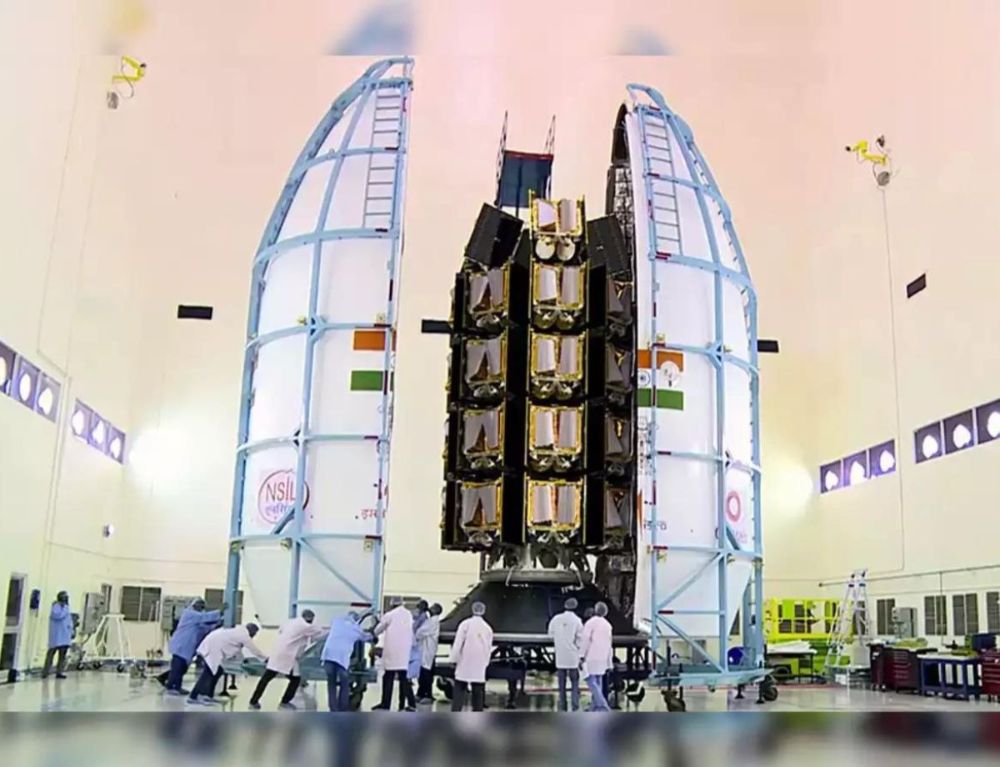The Indian Space Research Organisation (ISRO) is making significant strides in the development of the New Generation Launch Vehicle (NGLV), under the guidance of ISRO Chairman S. Somanath. This ambitious project, known as “Surya,” is spearheaded by S. Shivakumar, the Program Director at the Vikram Sarabhai Space Centre (VSSC). Recently, S. Somanath disclosed plans for establishing a new launch pad in Sriharikota dedicated to the NGLV’s launches, previously referred to as Project Surya, during an interaction with the Times of India.

The NGLV project draws expertise from various ISRO teams, including LVM-3, GSLV, PSLV, and SSLV, with the initial phases led by S. Shivakumar. To facilitate this endeavor, a robust team comprising Associate Project Directors, Project Directors, Project Managers, and other specialists has been assembled.
The development of NGLV is a key component of India’s ambitious space program, Space Vision 2047. This initiative aims to establish the country’s own space station by 2035, aligning with the broader objectives of Space Vision 2047. It is anticipated that the inaugural unit of the space station will be launched using existing rockets, with a projected launch date set for 2028.
In an effort to promote sustainability, NGLV rockets will operate using green energy sources such as methane liquid oxygen and kerosene liquid oxygen. Additionally, ISRO is working on the construction of two launch vehicles equipped with reusable carrier modules, marking a significant advancement in space exploration technology.

S. Somanath emphasized the importance of involving the private sector in rocket construction, citing its potential to bolster the nation’s self-reliance in the aerospace industry. By leveraging the expertise of both public and private entities, ISRO aims to accelerate progress in space exploration while fostering innovation and collaboration within India’s burgeoning space sector.
